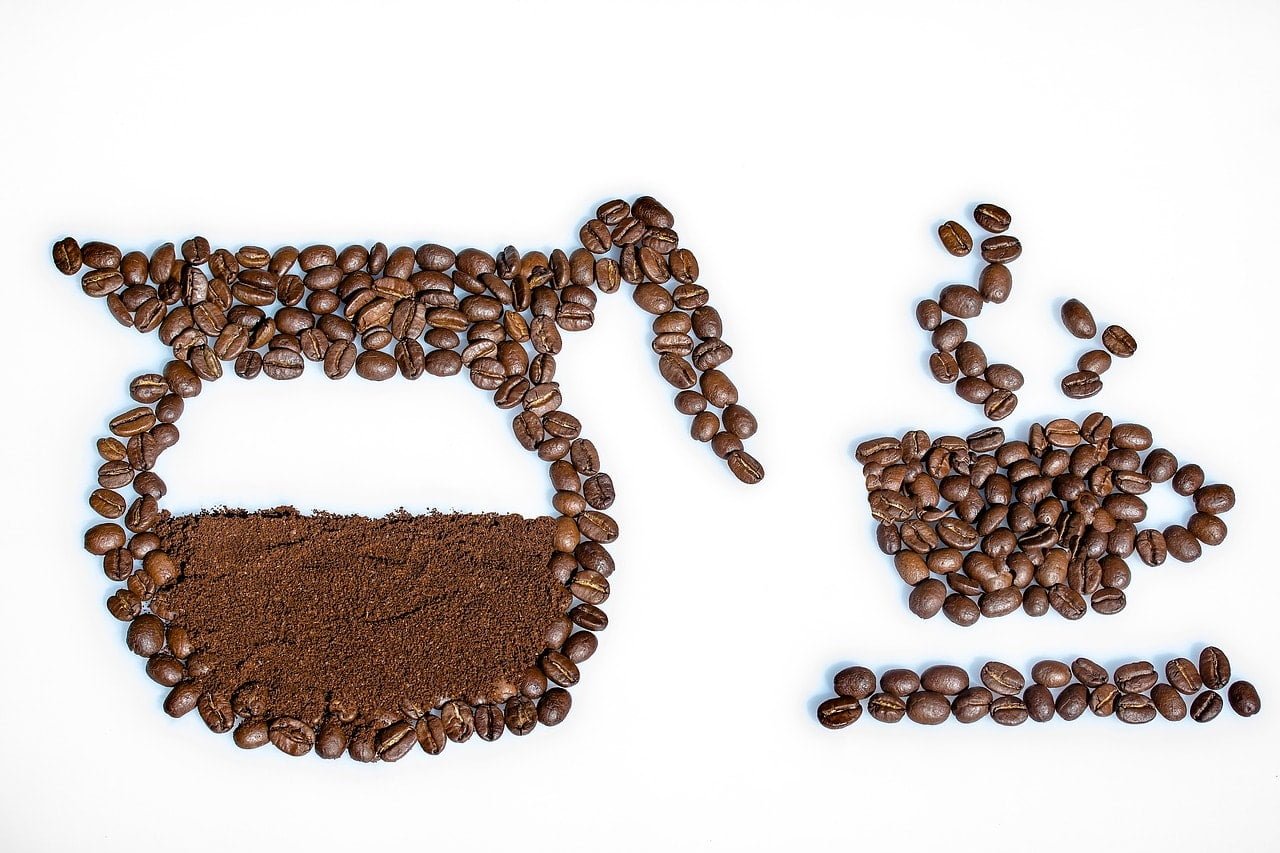The most common co-branding is the one in which two brands are united in the same product. For example, Marcilla and Philips joined forces to create a single-serve coffee maker. Philips provided the technology and design, and Marcilla created the single-dose capsules for this new product called Senseo. In this way, they created a product in response to a new demand.

When to look for a collaborative strategy?
Some brands seek to join forces with other stronger brands when they are going through a crisis moment. It is a way to go back to the market backed by a brand with more visibility or a better reputation.
Both parties must be very clear about the image of the potential collaborating brands before reaching any agreement. In the same way that the good positioning of one brand can help the other, it can also be harmed by co-branding.
{{cta(‘bb2971b9-bf36-4c36-8edc-75223dba5208’)}}
Co-brading objectives
Stays in the consumer’s mind
Undoubtedly, getting back in the consumer’s mind is one of the main objectives of brands that embark on a collaborative strategy. Co branding can bring your brand back to life or give it the boost it needs to reach a wider audience and become known.
Obtaining profitability
Of course, getting a return on this new product resurgence from both brands is an essential point to take into account. In this aspect, it is essential to reach a prior agreement with the other brand: how will the profits be shared between both parties?
Highlighting complementary values
By pairing your product with another brand, you will surely be giving them a vision that the consumer did not have before. In this way, you will be complementing your product with values that perhaps it could not stand out on its own.
Aspects to take into account before cobranding
As we can see, co-branding must make sense. No two brands can be joined together. In addition, many aspects must be taken into account, such as design and packaging.
The design of the new product, the result of the union of two brands, is a key factor in its success. Creating a good packaging, designed for the new product but at the same time maintaining the values of both parties, is not an easy task. The design of a product born out of co-branding can be decisive for the success or failure of the collaboration.
It must be clear which product is being sold and both brands must provide the same values, so that the consumer is not confused. For example, in the case of the union of Philadelphia and Milka, we have a brand (Philadephia) that often offers light or low-salt products, focused on taking care of the consumer’s line and health. To these values, we now add in co-branding a chocolate brand (Milka) and it is very possible that the consumer will be confused. He used to buy that product because it was healthy and now it is no longer healthy!

Successful cases of cobranding
Cobranding between Braun and Oral-B
This is a clear example of successful cobranding. Can anything be more related than a toothbrush and toothpaste? So Braun, when deciding to release an electric toothbrush, had no doubt that a good choice would be to partner with a brand as well known in the market as Oral-B. In fact, we would dare to say that in this product, Oral-B is the brand that stands out the most because, after all, it is the best known by the target.

Cobranding between Nike and iPod
This would be an example of the union of two brands that match perfectly thanks to the target audience, a young audience that is up to date with the latest technology. Both are very strong companies, with a high level of consumer loyalty. A major sports brand is seeking the collaboration of the technological giant Apple to launch a product, of course, for sportsmen and women who love music and the latest technology. In short, the perfect union.

